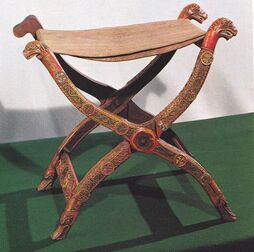 A Roman Sella Curulis A Roman Sella Curulis These interesting and beautiful chairs are commonly referred to as "throne chairs", associating them with a medieval royal court or in a Renaissance setting. There are many names for these: commonly referred to as X-chairs, but more historically correct, Dantesca (or Dante) chairs, Savonarola chairs, or when without arms, Sedie a Tenaglia, Pincer Chairs or simply Scissor Chairs. In most cases, they were designed to folded up or taken apart for transport or when additional chairs were needed for a special event. Folding frame chairs were first used in Ancient Egypt, Rome, and Greece used by the elite classes--they were expensive to create by master craftsmen. Some were even simple, metal designs with a sling seat. Throughout the Roman Empire the sella curulis, an armless folding stool, was very common, looking somewhat like the bottom half of a modern director's chair. In early Christian times they were originally called faldistorium (folding stool, in Latin) when they were used by religious officials when their throne was too cumbersome to move to outdoor events.The folding chair for everyday use originated in medieval Italy and spread through Europe during the Renaissance. The form was revived during the Neo-classical period, and continued its popularity through the 19th century and during the Craftsman design era. There are even 20th century chairs that were based on the originals. Dantesca chairs typically have four intersecting s-shaped legs and a wooden or stone ornamental knob (called a boss) where the legs intersect. Some will fold, while others don't. Savonarola are chairs named for the 15th century Florentine, Dominican friar Girolamo Savonarola, who lived during the Italian Renaissance. Instead of four legs, the Savonarola was made up of a series of narrow wooden curved slats (also s-curved) that all folded in unison. The backs were often elaborately carved, typically with a family crest or head of a person or animal, symbolizing the owner. Often the seat had a cushion of velvet or silk in an elegant style. Legs on these designs were joined to flat "feet" that allowed the chair to sit level on uneven tiles or even outdoors on uneven ground. Curiously, even though Savonarola had his followers burn things of luxury and excess (due to his commitment to the poor) in his Bonfires of the Vanity, he still felt comfortable in his own version of a portable throne, which can be still seen today in the Convento di San Marco in Florence. Still today, in both modern or classical interiors, the Savonarola or Dantesca chairs are a great choice, used in pairs or along as an accent piece. --Jerry Finzi And available on Amazon...
2 Comments
Elsa Peretti danced the night away at Manhattan's Studio 54 during her days as a top fashion model. But she also is a jewelry designer and philanthropist. A lover of architecture, she is also largely responsible for the restoration of the village of Sant Martí Vell in Catalonia, Spain. Through her foundations, she supports a wide variety of cultural, social, and artistic causes. One of her more artistic endeavors proved to be a real challenge... Peretti's La Torre was a ruin of a watchtower on the steep and craggy cliffs of Southern Tuscany--it was hardly a typical beachfront villa. Built by Spanish invaders in the 16th-century as a military lookout between the Tuscan archipelago and the island of Corsica, its remote setting appealed to Peretti but its decrepit condition was daunting. The tower contained awkward, spartan interiors with thick stone walls, cell-like rooms and thin slits as windows. Milanese architect Renzo Mongiardino helped change all that. The design could go take one of two possible paths: honoring the structure and its spartan shapes with whitewashed walls, simple wooden furniture and mattresses on the floor, or creating a three-dimensional fairy tale tower with tromp l’oeil effects. One of the main features is a fireplace mantle created by a copy of a gaping, monstrous mouth, inspired by the sculptures found at the 16th-century Bomarzo Garden of Monsters. Tromp l’oeil columns, pediments, and vines emphasize the fairy-tale-like quality of the tower, taking it back into the 17th century. Some of the effects include distorting perspective to make the spaces appear more spacious than they actually are. Mongiardino designed the tower sitting room as a “Roman ruin” with trompe l’oeil coffered ceiling opening to sky. The patterned floor incorporates terra-cotta, wood and marble. The influence of Bomarzo Gardens is obvious
A sgabello is a type of chair (sedia) of hieratic significance popular during the Renaissance. Sgabelli were typically made of walnut and included a variety of bas relief carvings. The legs could be either two decorated boards with a stretcher for support, or three separate ornamented and carved impost legs. This seat was often placed in hallways, carved with a family's imprese or emblem drawn from its coat-of-arms. Its primary purpose was decorative, therefore the seat was not necessarily comfortable. Similar chairs were made in France. Nowadays, they are used as an accent piece in interior design and period pieces can be worth a small fortune.
|
On Amazon:
|

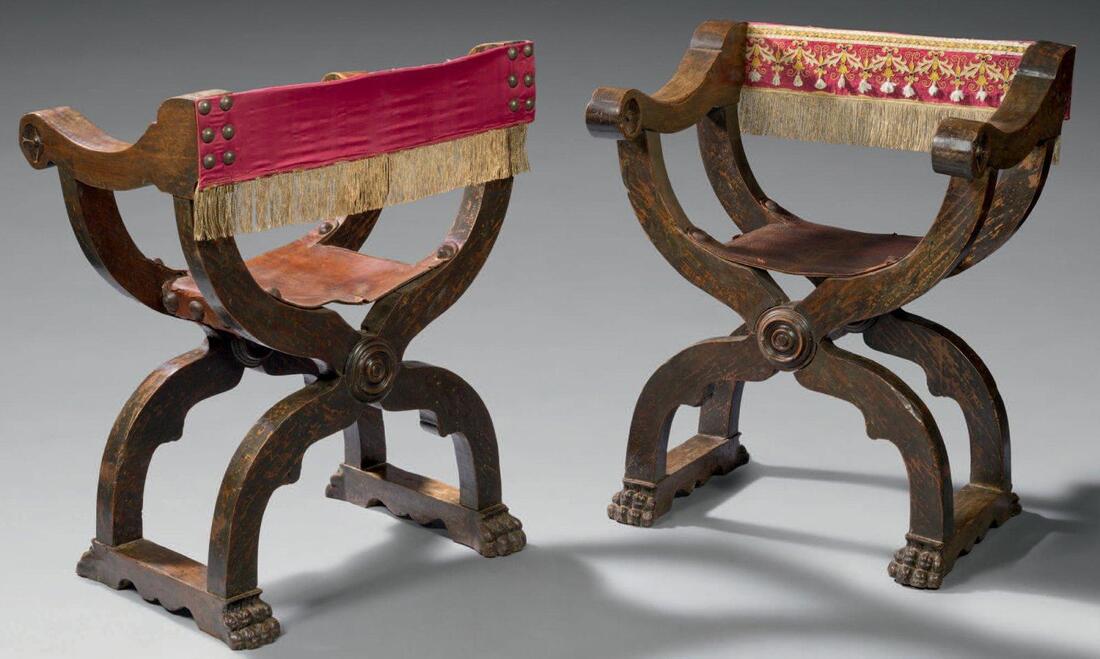

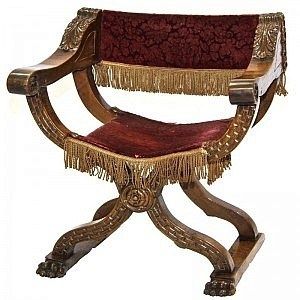
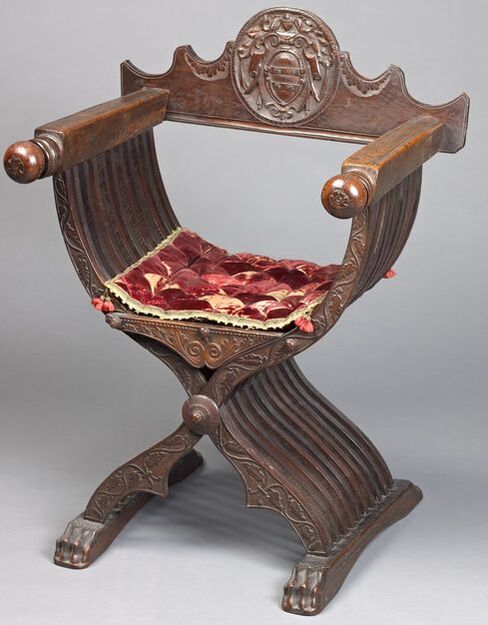
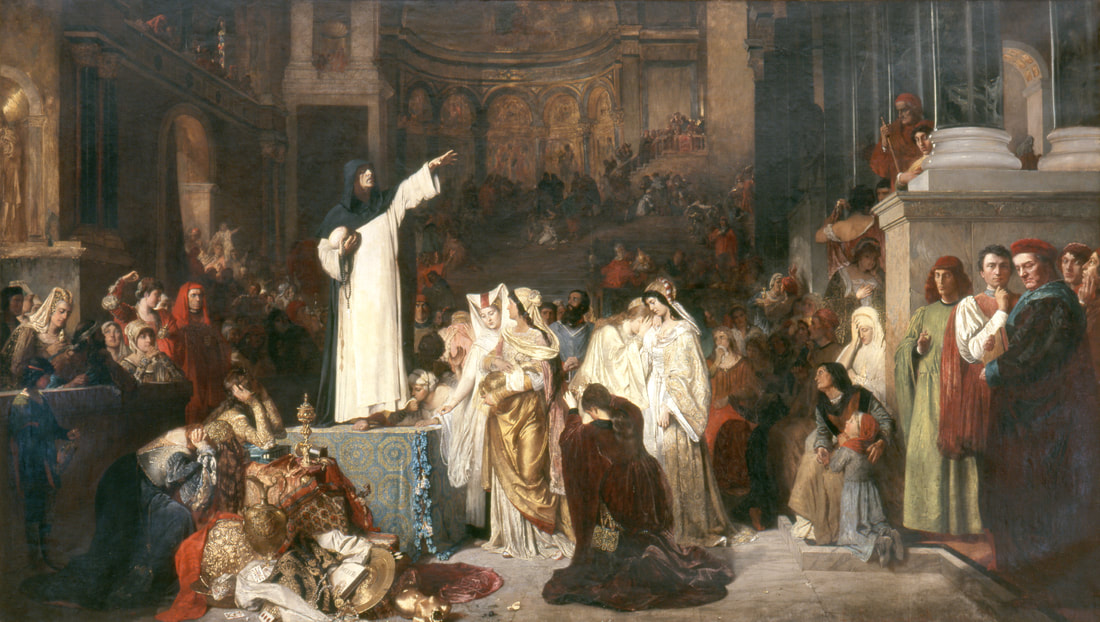
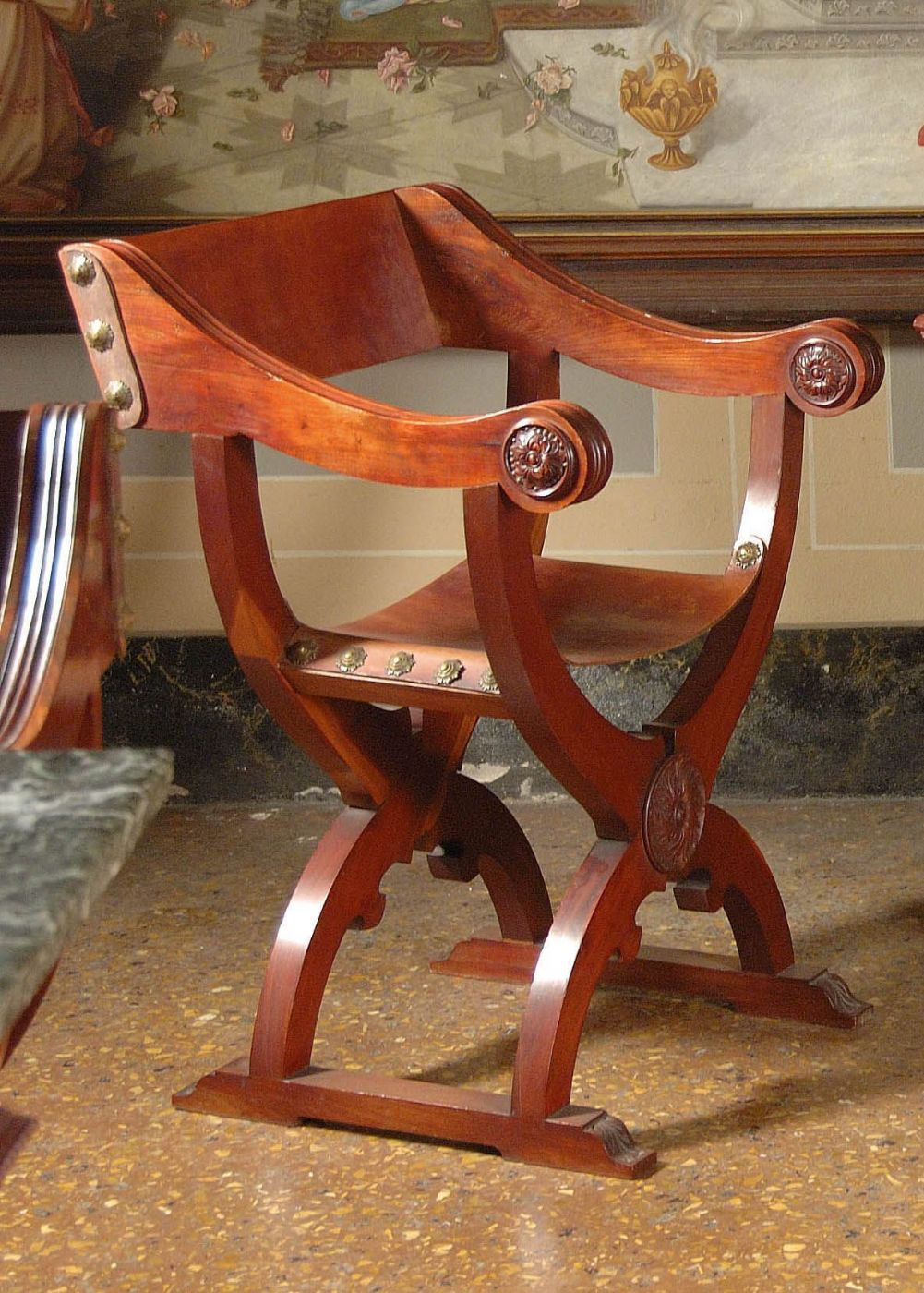
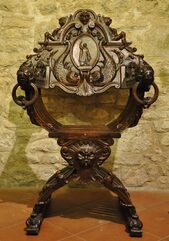
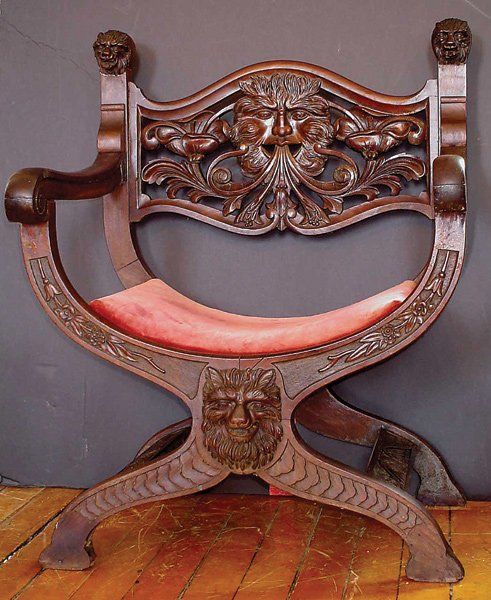
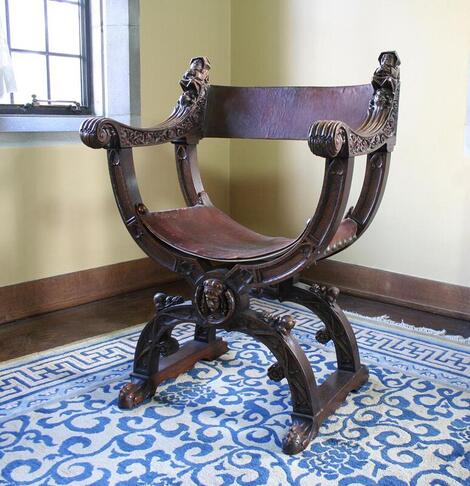
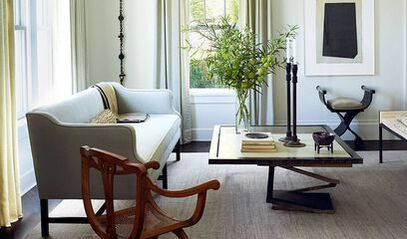

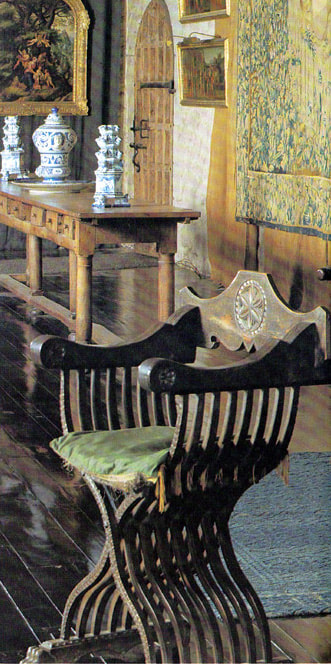
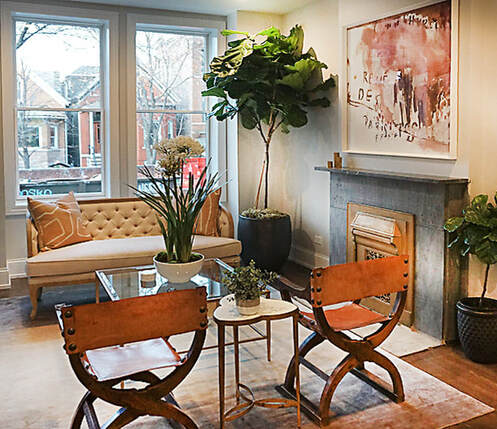


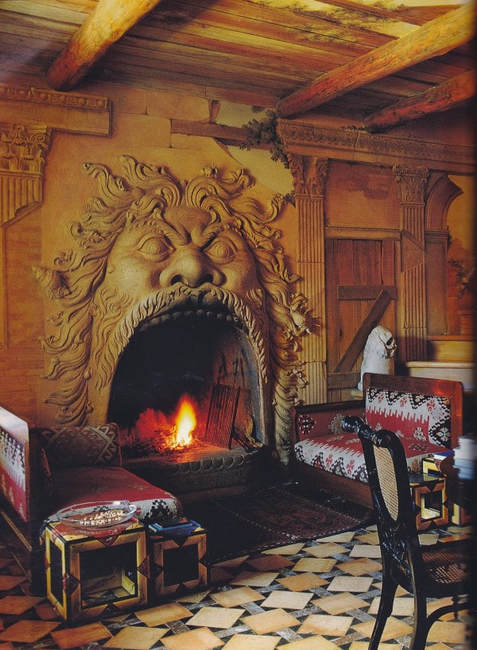
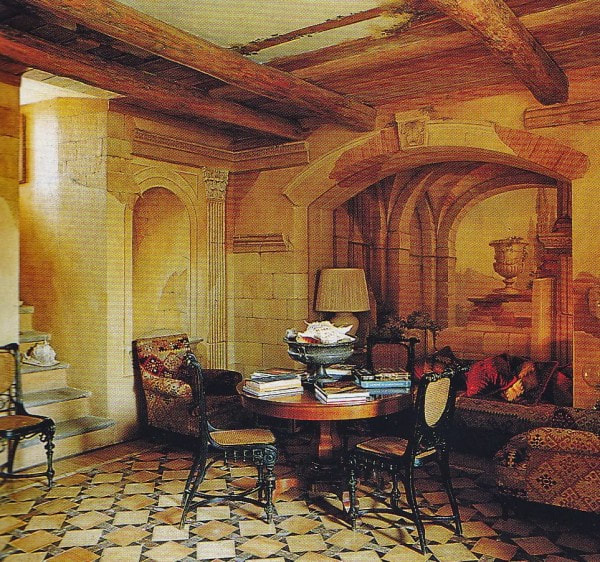
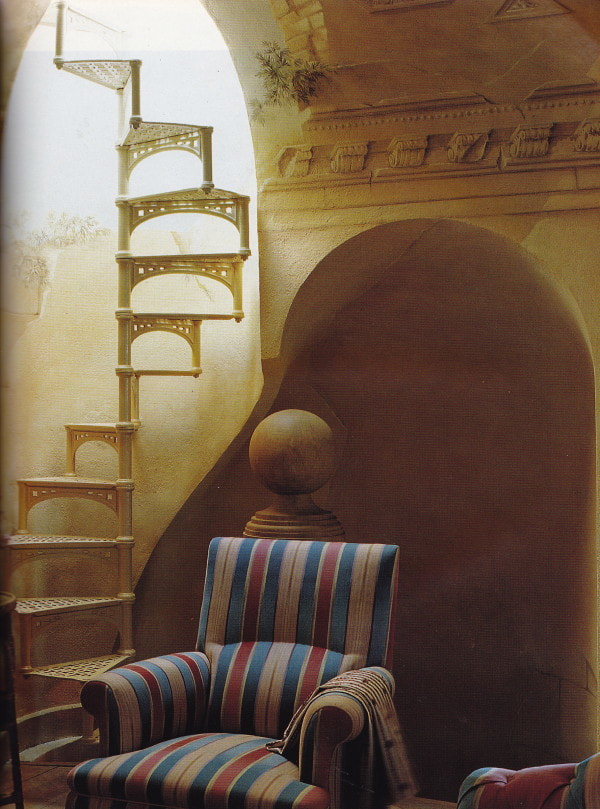
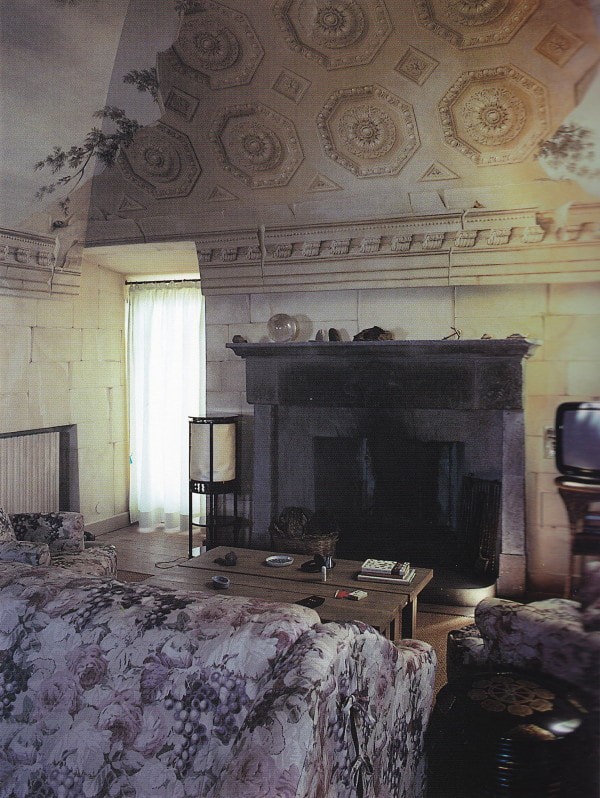
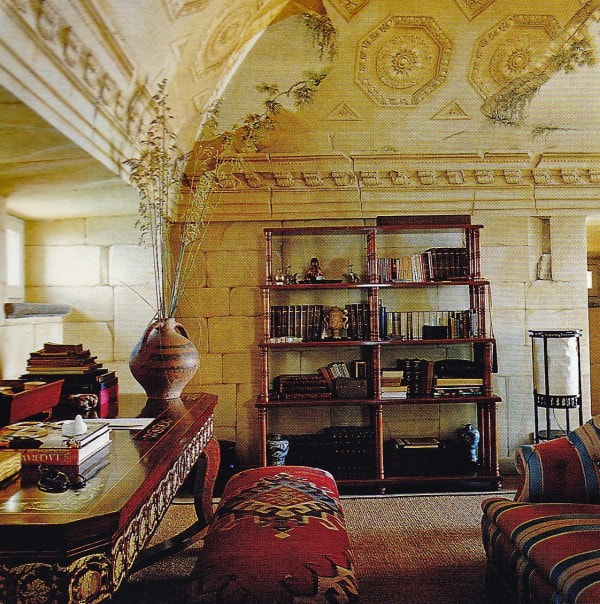
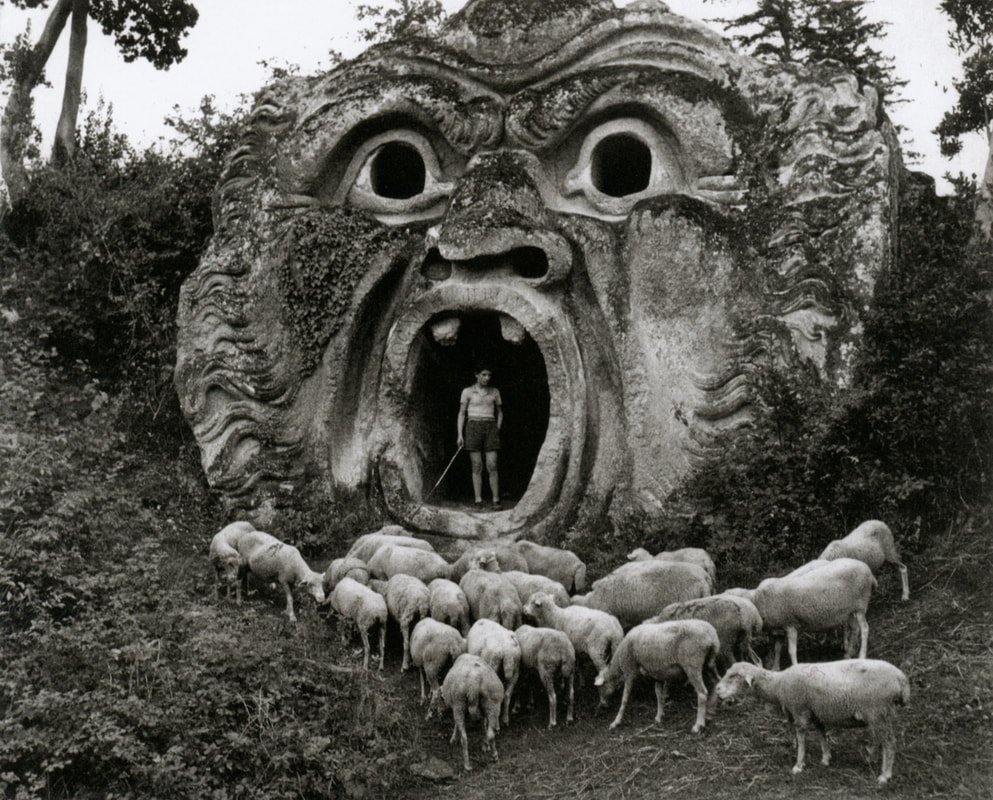
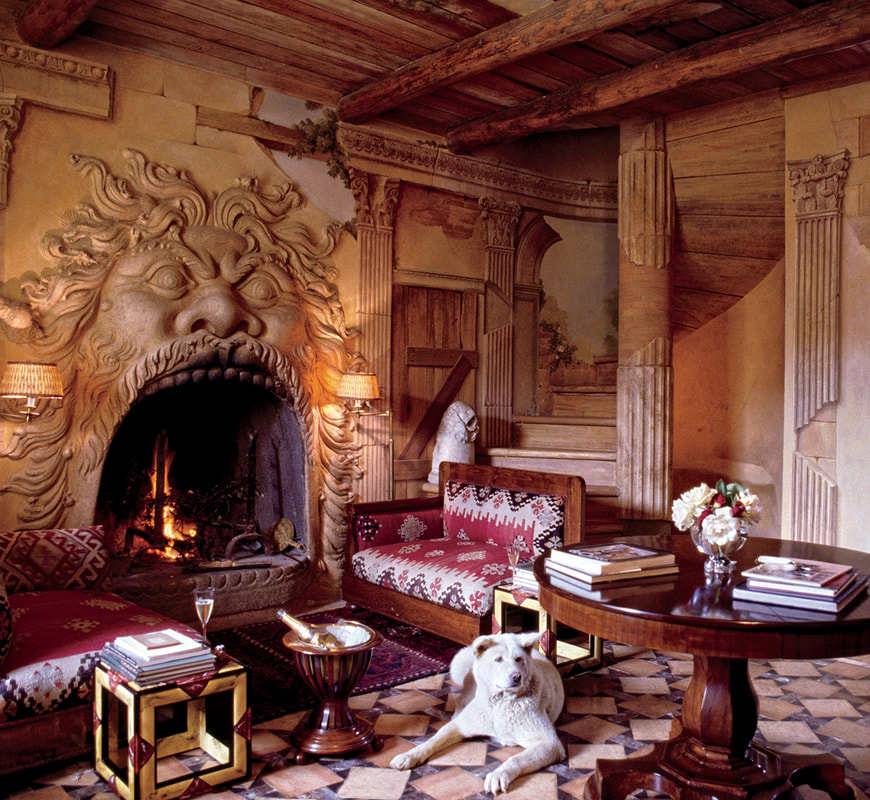
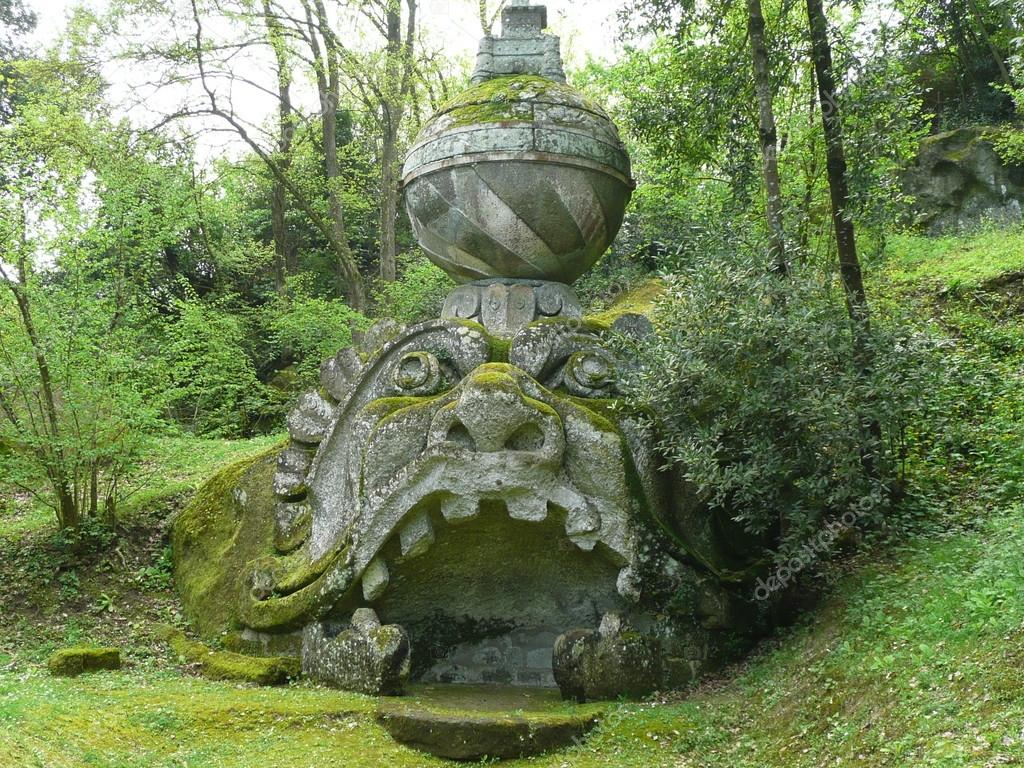
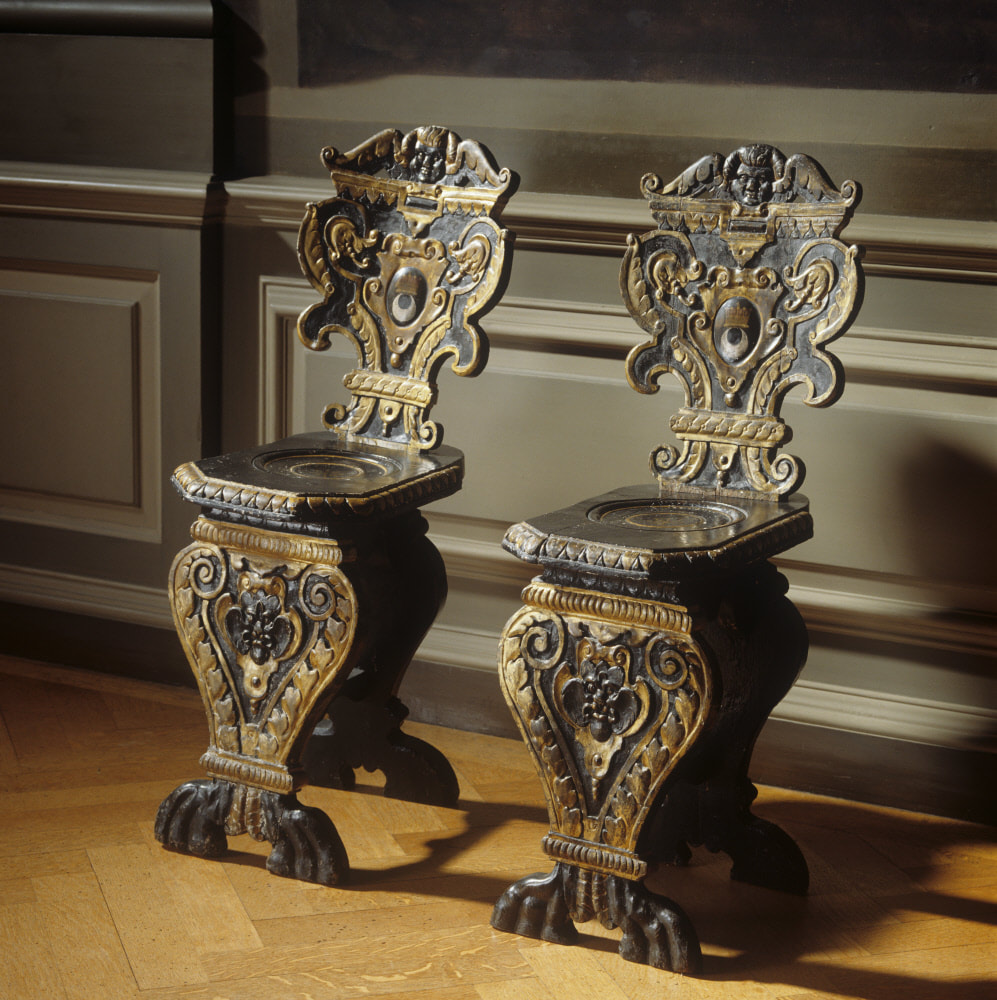

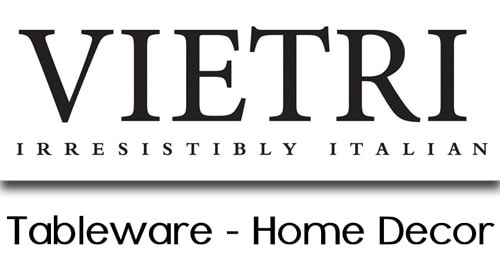

 RSS Feed
RSS Feed
